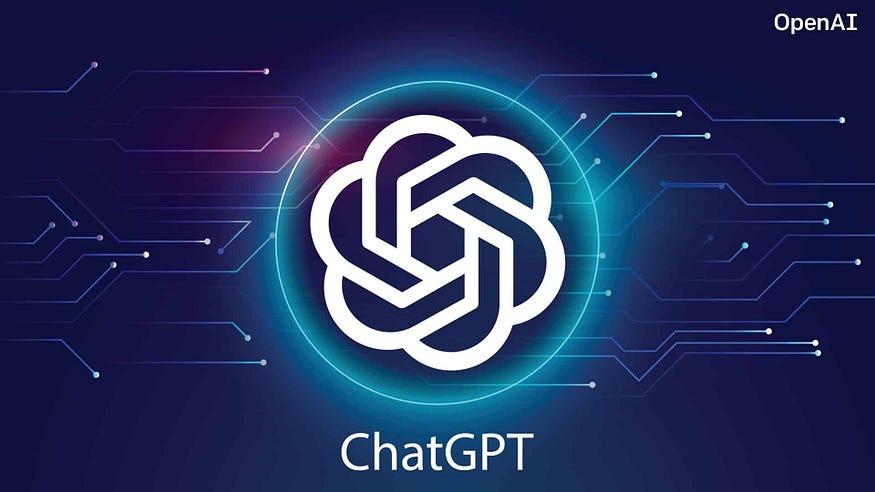What is EKS?
AWS EKS is a Managed Kubernetes Service from Amazon, which means AWS manages the Master Nodes for you. All the necessary applications/services are already pre-installed like the container runtime or master processes and in addition, it also takes care of scaling and backups. 👍
You only create the Worker Nodes.
If you want to learn in detail you can refer video below👇👇
How to use Cluster
To create a K8s cluster in EKS you need to do following steps: 1) Setup or preparation steps - create an AWS account - create a VPC - virtual private space - create an IAM role with Security Group (or in other words: create AWS user with list of permissions) 2) Create Cluster Control Plane - Master Nodes - choose basic information like cluster name and k8s version - choose region and VPC for your cluster - set security 3) Create Worker Nodes and connect to cluster The Worker Nodes are some EC2 instances with CPU and storage resources. - Create as a Node Group - Choose cluster it will attach to - Define Security Group, select instance type etc. With NodeGroup you have autoscaling, which means based on your needs depending on how much load the cluster has new Worker Nodes will automatically added or removed in the cluster. - For that you need to define max and minimum number of Nodes.
-------- Complex, but powerful and popular --------
You're right, that's a lot of effort for just creating a simple Kubernetes cluster. Compared to other managed Kubernetes services, like DigitalOcean or Linode it's more complex.
So, how to do it, when you just want to create a cluster and start deploying your containers inside as fast as possible.
Instead of doing all those steps manually, there is a faster and more efficient way.
